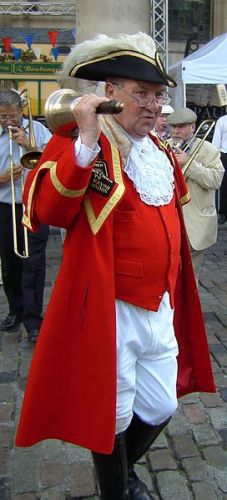
Next door to me in Ohio, The Columbus Dispatch gave their locally reported story similar front page above-the-fold treatment. Similar to the IndyStar, The Dispatch focused on the national story and included a breakout graphic on the state data. The Chicago Sun-Times did a similar article.
According to a reporter friend of mine, there were a large number of journalists on Pew Forum's teleconference regarding this study. Based on what I've seen about the report, newspapers now have an tremendous resource to better understand their communities.
An excellent example of a reporter taking advantage of the advance time Pew gave journalists on this report is the story by the Orlando Sentinel's Jeannette Rivera-lyles:
Floridians aren't jumping out of their beach chairs to go to church.
In fact, among Bible Belt states, Florida ranks last in church attendance among residents who consider themselves religious, according to a new study of more than 36,000 Americans.
Another great example is the article by the Tulsa World's Ryan Strong:
A national survey proves that Oklahoma continues to be a vital buckle on the Bible Belt.
The Pew Forum on Religion and Public Life released on Monday the second half of its U.S. Religious Landscape Survey, which indicated that a majority of Oklahomans are active participants in a faith-based community.
Surprisingly, The Los Angeles Times also led with the state perspective. The reporter Duke Helfand knows his audience. He puts the fact that 42 percent of the state's population thinks that "Hollywood is a corrupting influence." Not surprisingly, considering recent events, the issue of homosexuality appeared in the third paragraph:
Californians, long known for their propensity to buck convention, have apparently done it again: A national survey released Monday revealed that they are less religious and less certain about the existence of God than the nation as a whole.
Residents of the Golden State do not pray as much as people in other parts of the country. They are less inclined to take scripture literally. And they are likelier to embrace "more than one true way" of interpreting their religious teachings.
Fifty-nine percent of them say that homosexuality should be accepted by society, compared to 50% of people nationwide who hold that view, according to the U.S. Religious Landscape Survey.
Local journalists should take advantage of the advance time they receive with in-depth reports such as this and prepare an article that helps their readers better understand the nature of their community's religious make-up. The national perspective is nice, but often that is something that readers have already heard about.
Photo of Peter Moore, Town Crier to the Mayor of London and The Greater London Authority, used under a Creative Commons Attribution license.
